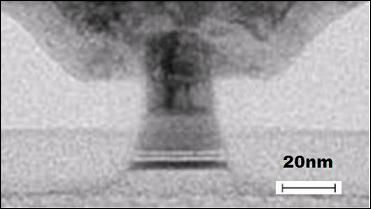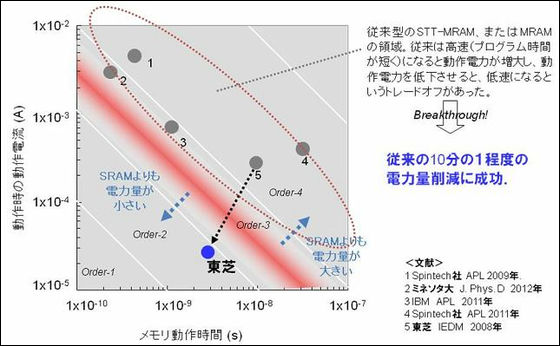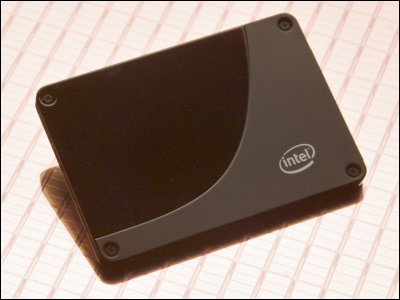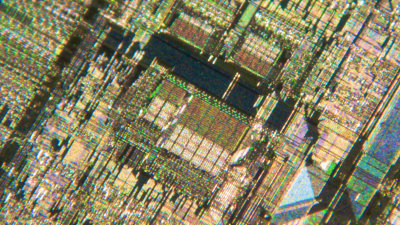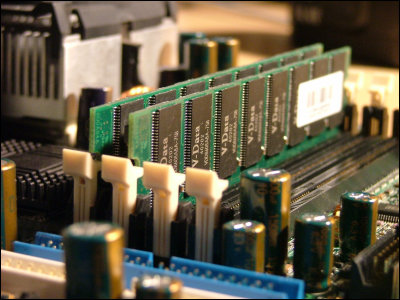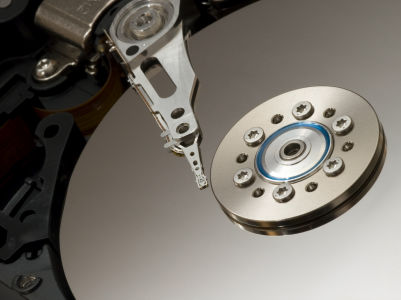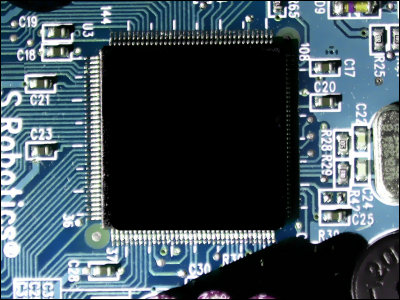Toshiba develops "STT-MRAM" that makes battery life long by setting power consumption of smartphone CPU to 1/3
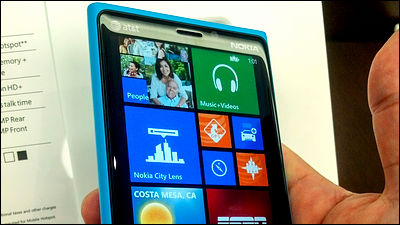
ByPchow 98
Toshiba developed a new type of nonvolatile magnetic memory (STT - MRAM) that realized the world's lowest power consumption performance for cache memory for mobile processors mounted on smartphones and tablets, etc. The world's first cache memory It was able to show the calculation result that the operation with lower power consumption than the SRAM applied to it was able to be reduced to about one third as compared with the standard mobile processor.
Toshiba: News Release (2012-12-10): Developed a new type nonvolatile magnetic memory (STT-MRAM) that realizes world's highest low power consumption performance
http://www.toshiba.co.jp/about/press/2012_12/pr_j1001.htm

The newly developed STT-MRAM, which is based on the perpendicular magnetization type STT-MRAM, improves the memory structure and at the same time advances the miniaturization of devices to 30 nm or less.
This is the cross section of the memory device of the newly developed vertical magnetization type STT-MRAM
In the conventional STT-MRAM, although the power saving and speed improvement had a trade-off relationship, the newly developed STT-MRAM succeeded for the first time in increasing the operation speed at the same time while reducing the power consumption. We succeeded in reducing the power consumption during operation to about one tenth of the conventional level, and by designing a new circuit that does not have a path of leakage current (leakage current) leaked from the memory, However, it seems to have realized a normally-off circuit structure in which the leakage current is always zero.
This is the relationship between processing speed and power consumption of MRAM
With conventional processors for mobile, the capacity of the internal SRAM (mainly cache memory) has also increased with high performance, and the increase in power consumption caused by the leakage current of the memory in each of the operating state and the standby state is an issue Although MRAM was considered as an alternative memory for SRAM, the MRAM that has been developed so far is nonvolatile, so the leakage current in the standby state decreases, but the power in the operating state is very large As a result, power consumption becomes larger than that of SRAM, which means that it was a barrier to processor application.
Therefore, Toshiba developed STT-MRAM that is compatible with high-speed and low power consumption that can be an alternative to SRAM, demonstrates the possibility of power reduction of processors, and further improves the new STT-MRAM that will be developed in the future We are accelerating research and development for practical application.
It is unknown when it will be put into practical use, but various technologies that realize such low power consumption will be applied to smartphones, etc. In the future "smart batteries will be reduced" The problem like that is gradually getting rid of the possibility.
Related Posts:
